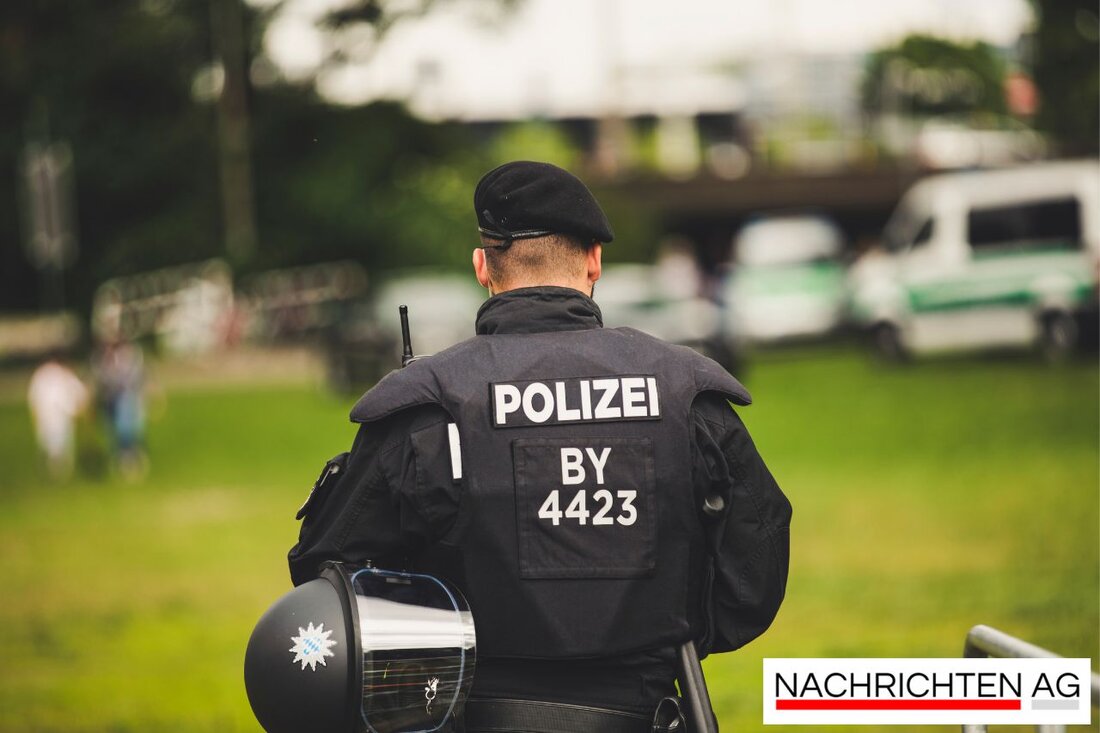Attention Berlin! There's lightning here today - the locations in detail!
On August 14, 2025, the police in Berlin will test mobile speed cameras. Find out current locations and speed measurements.

Attention Berlin! There's lightning here today - the locations in detail!
Today, August 14, 2025, the police are on the move in the capital with five mobile radar boxes to ensure road safety. The speed measurements take place in different parts of the city, although drivers should always be prepared for possible checks. The police are constantly adjusting the measurements and have already announced some locations.
Among the places reported are Hans-Grade-Allee in Schönefeld, with a speed limit of 30 km/h, and Hildburghauser Straße in Lichterfelde, where up to 50 km/h is allowed. These speed cameras were reported at staggered times, which makes it clear that the mobile units are well distributed throughout the city. Other locations include Keithstraße in Tiergarten and Michaelkirchplatz in Mitte, each with different speed limits. Spichernstrasse in Wilmersdorf has also been selected as a checkpoint. The exact times for the measurements range from early morning to late morning, showing that the police are active at different times of the day.
How do the speed cameras flash?
The way radar devices work is amusing and fascinating at the same time. They emit electromagnetic waves that are reflected by approaching vehicles. The speed can be precisely calculated using the Doppler effect. If a vehicle exceeds the maximum permissible speed, a photo will be taken and a fine notice will be sent to the vehicle owner. Names like the “Traffistar S330”, which works without a visible flash and works with infrared, are not uncommon in this context. This means that flashes can be used inconspicuously - the surprise is usually even greater.
It is clear that road safety has top priority in Germany. The aim of speed controls is to educate drivers to drive in accordance with the rules. This also has its downsides: In 2013, over 5,000 drivers were cited for speeding, resulting in fines, points and occasional driving bans.
The catalog of fines and objections
The catalog of fines specifies the penalties for speeding violations, although the tolerance limit is often the subject of debate. For speeds below 100 km/h, a deduction of 3 km/h is usually made, while for higher speeds a deduction of 3 percent is usual. Drivers also have the opportunity to appeal against fines. This can be particularly useful if there is suspicion of measurement errors, be it due to defective devices or unfavorable measurement conditions.
Sources of error such as changing lanes during measurements or unwanted objects that distort the radar waves are serious issues for those affected. The devices must also be calibrated correctly to ensure legally correct measurements. It is therefore important for road users to be informed and attentive to avoid unpleasant surprises.
It is not without reason that the speed cameras in Berlin are the focus of the police. A variety of mobile and stationary devices ensure that road safety is increased. In the best case scenario, your driver's license remains undamaged and your speed remains within the permitted limits.

 Suche
Suche